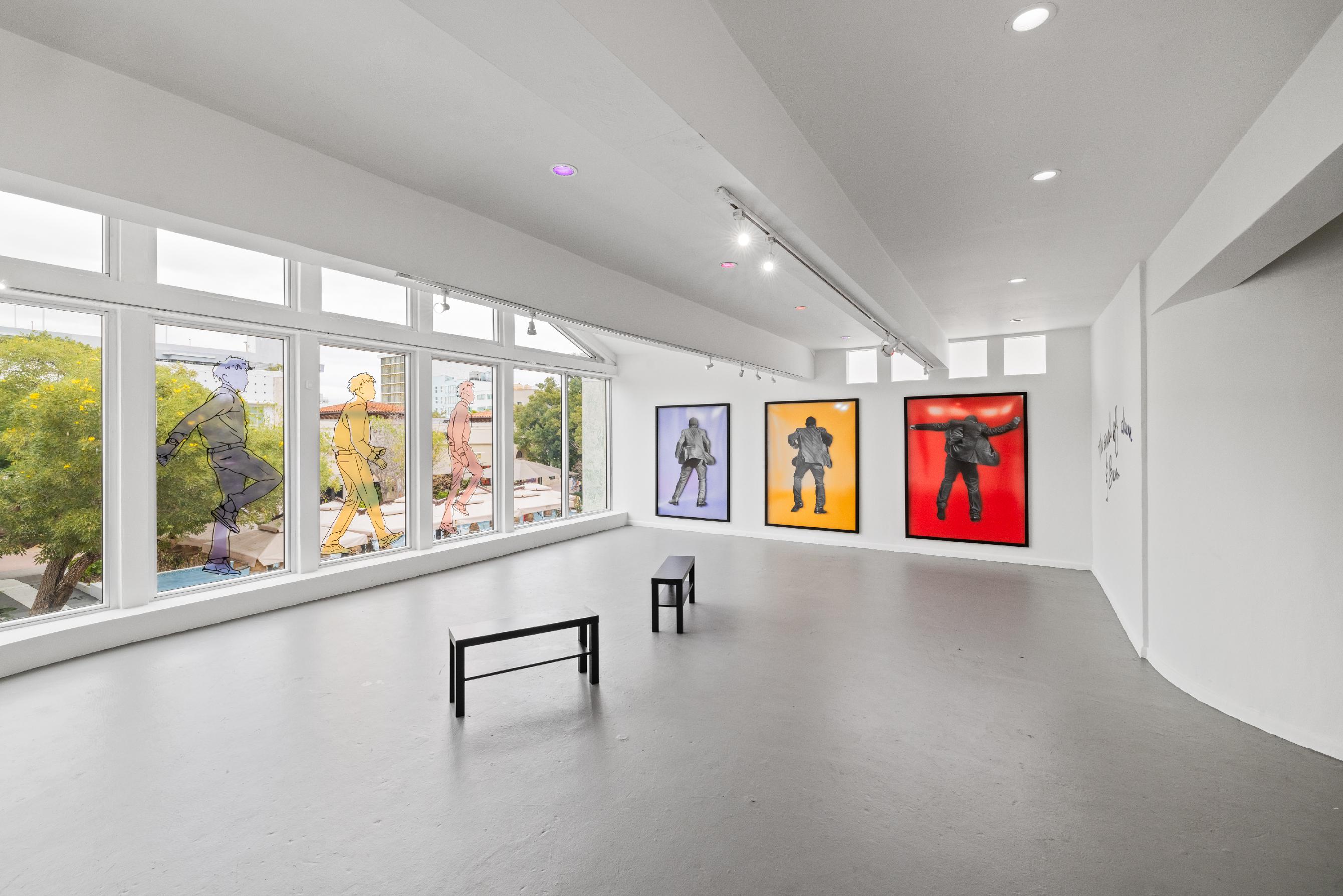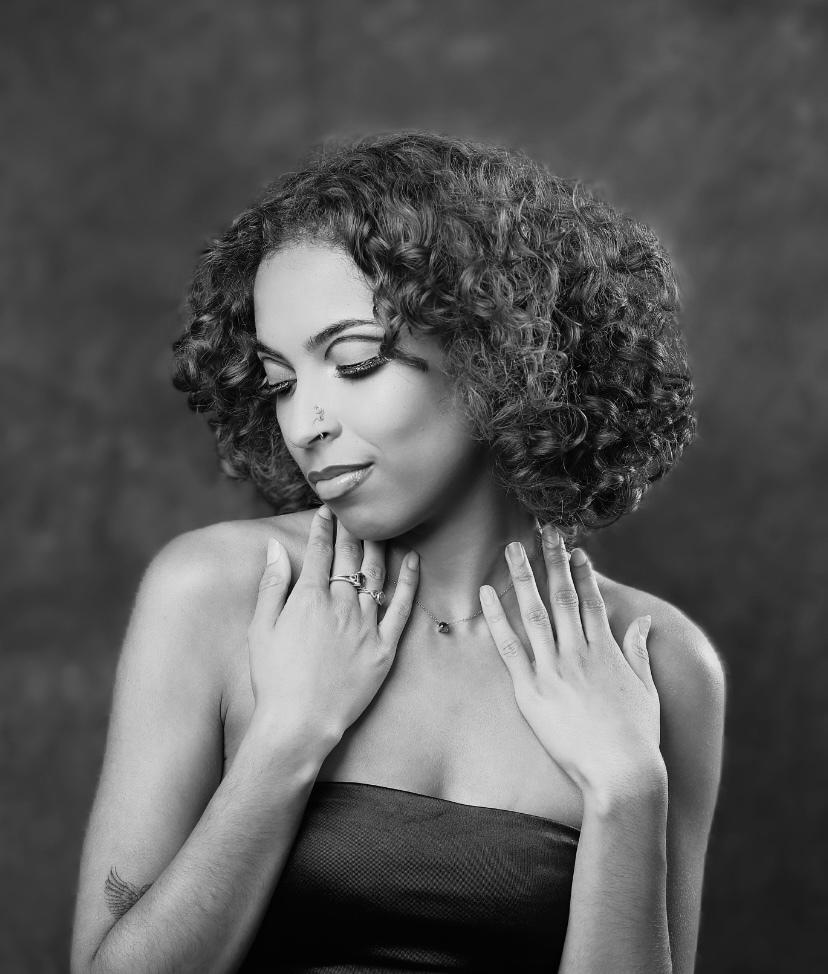
3 minute read
INNER BEAUTY
Capturingtheessenceand simplicity of awoman

Advertisement
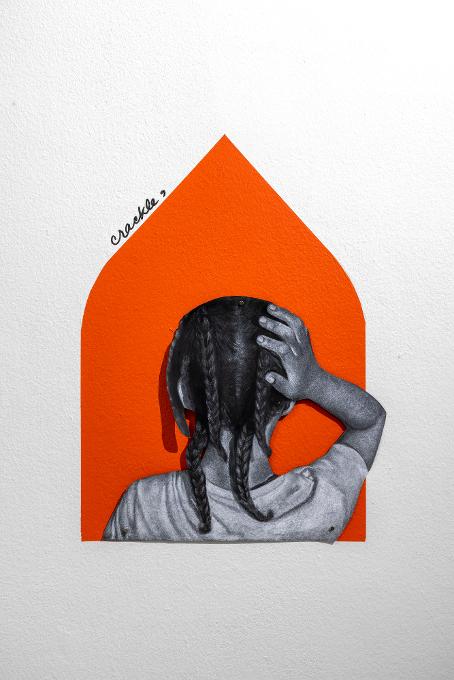
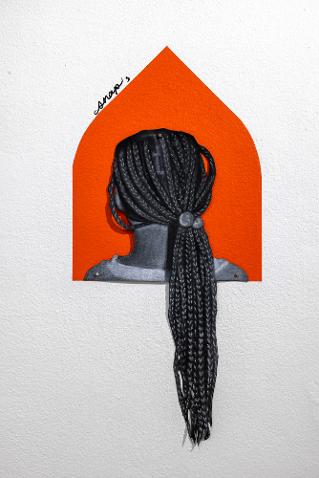

As a multi-disciplinary artist, Chris Friday says her style is defined by whatever the concept she is working on at the time Considering her wide-ranging portfolio, she points out that right now her role as an artist is to provide various contexts for Black bodies to exist in; liminal spaces that suggest without explaining and answer without confirming With thisin mind, thematerial used is as important as what is being depicted and is selected based on its potential to further inform the work conceptually
On display at Oolite Arts in Miami Beach, Florida, Friday?s latest solo exhibition ?Good Times?continues her exploration and depiction of Black bodies and their presence ? or absence ? in contemporary space. Portraying a vagueness and duality inherent in the phrase ?Good Times?and referencing the 1970s sitcom of the same name, Friday explains ?the exhibition addresses a difficult past conditioned by nostalgia and remembered through rose-colored glasses, a fully-embodied present that can be appreciated and enjoyed despite the struggles, and an unknowable, yet idyllic future where there are only ?good times?to look forward to ?
?Growing up in the 1990s, watching a show about the 1970s and finding similarities in the desire to overcome present socio-economic circumstances, made me draw parallels between my experiences, and this idea of the past, present and future being in conversation all at once,? she comments
When asked how does ?Good Times? signify the ?Black experience,? Friday says the exhibition represents a small sample of personal stories from one Black experience ? and any similarities or intersections that connect with the stories of others who view the artwork aretheonly trueglimpsesof acollective ?Black experience?that can be found in theshow

Described in the exhibition?s press release, the subjects in ?Good Times? areportrayed separatefrom thecontext of the moment in which they exist, further obscuring any preconceived notion that the viewer might hold Presenting Black bodies at leisure ? playing, dancing, resting ? the figures are intentionally turned inward, away from the viewer, and straddle the line between the daily and ceremonial aspectsof Black social life Protectivein nature, this position rejects full disclosure in an age that the artist calls ?assumed access ?
?[Historically, Black bodies have been made to face outward Most times, this turn is against their will in every way imaginable Our deaths, our lives, our most intimate/private moments are all on display, or interrupted by someone questioning our right to exist in a public space, or shared via social media for entertainment value, or trotted out in a bid to make us appear more ?human?to those who aren? t quite convinced that wedeservethedesignation
?Unsurprisingly, I see this kind of forced identification and lack of privacy as a form of racial domination The figures may face outward in the future, if and when it is determined that it is safeenough or beneficial for them to do so For now, I am allowing my work to exercise its right to opacity and determining how much of my experienceI want to sharepublicly, and how much I want to keep to myself,]? explainsFriday
Choosing to blur the line between contemplation and celebration is what allowstheartist to createan ambiguous space for the figures to inhabit; this in turn forces the viewer to occupy it as well Friday sayswhat thefigures might be contemplating or celebrating is not the business of the viewer and that affording the figures this privacy, gives them ?the room to contemplate and to be contemplated; to celebrate and to be celebrated ?
There is also a correlation between the scale of Friday?s work and the intent and impact of her message The large-scale drawings in ?Good Times? reflect the degree to which Friday desires to achieve, through art, what has so far been unattainable for her own Black body, her family and her community; moments of rest, leisure and privacy Made from paper, which the artist describes as weak and easily torn or bent, the material representstheartist?sdesirefor Black bodiesto betreated ascarefully astheworld?s many stories and documents that have been recorded on it and preserved
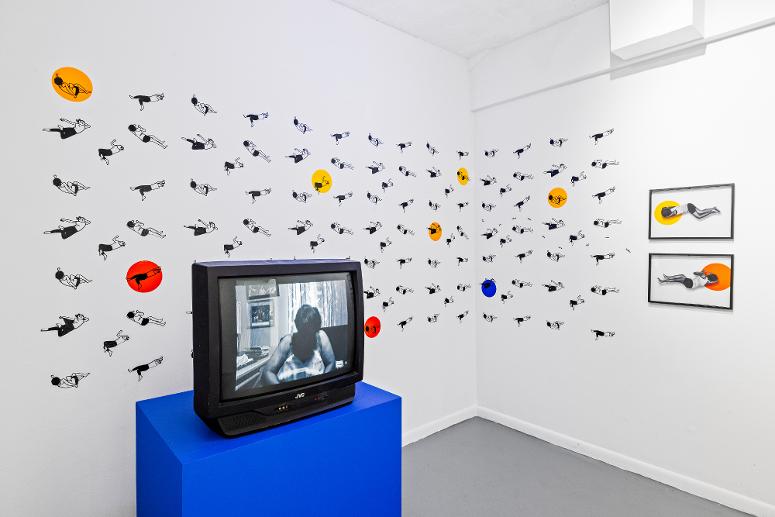
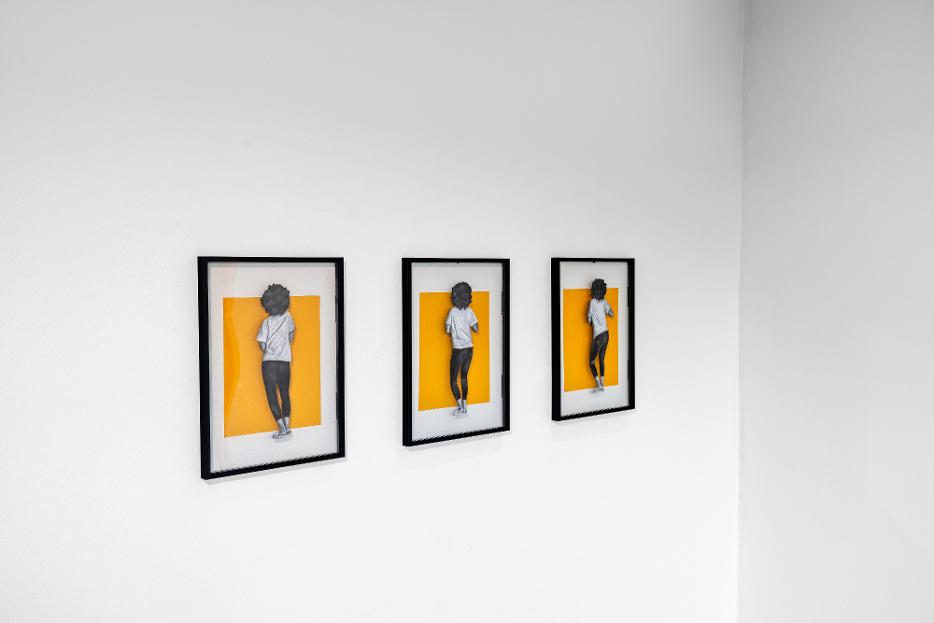
Subheading: If theanswer isyes
The South Florida-based artist and adjunct professor at New World School of Arts expresses that like many artists, particularly Black artists, she naturally takes on the role of teacher and activist as an extension of her work More recently, Friday has been concentrating on exactly what kind of change she is hoping to advocate for and figuring out waysto implement it


Reflecting on how the depiction of ?Black life?in the media has changed over the last several decades, Friday believes that the complexity with which Black stories are told has noticeably evolved This is particularly true when it comes to thepresenceof Black peoplein ?decision-makingrooms ? Offering advice to up-and-coming artists with a comparable focus, sheadds, ?Ask yourself if thething you want to make, needs to exist If the answer is yes, then make the thing If the answer is no, then keep searching until you find a thing that does ?
?Chris Friday?s work causes us to ask questions That?s the beauty of it In the world we live in today, we expect instant information and to have access to people?s inner worlds and thoughts Friday keeps that from us, on purpose, and it leaves us to fill in the blanks about her subjects' lives and feelings As a viewer, it?s a rich experience," says Dennis Scholl, President and
CEO, OoliteArts
